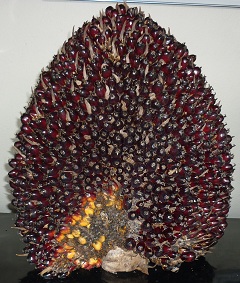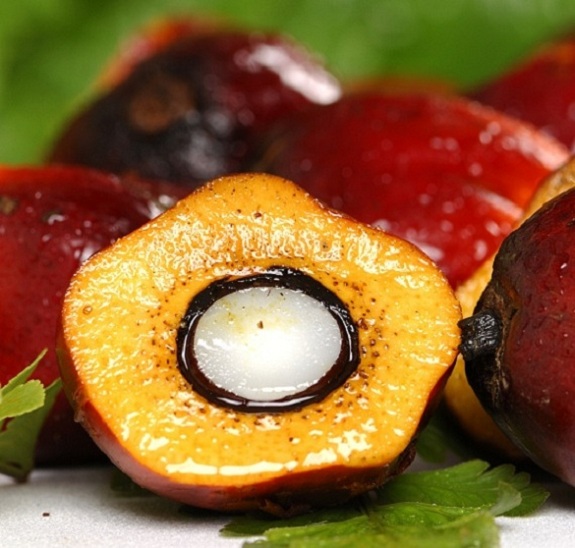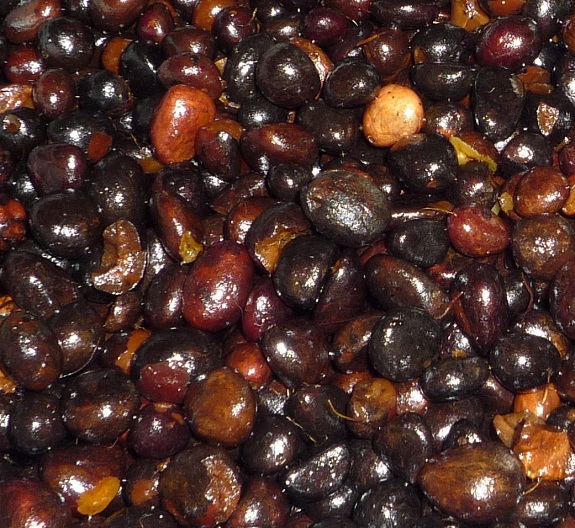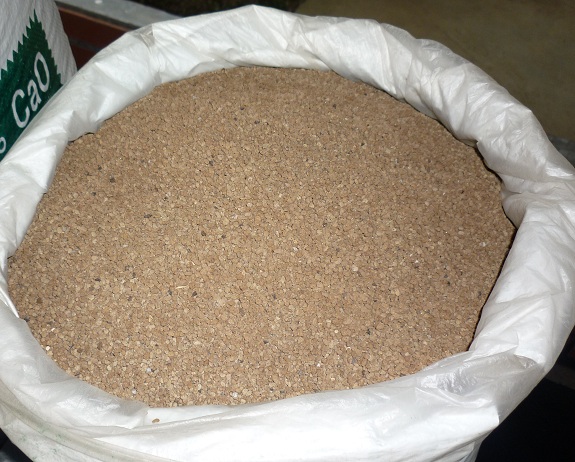Palm oil is an important and versatile vegetable oil which is used as a raw material for both food and non-food industries.
Palm oil facts
- Palm oil trees can grow up to 20 metres tall with an average life of 25 years.
- Palm oil grows across or 10 degrees north / south of the equator。
- The tree starts to bear fresh fruit bunches (FFBs) after three years.
- The oil palm tree is also know as Elaeis Guineensis.
- Each individual piece of fruit on fruit bunch contains 50% oil.
- The nut, referred to as a kernel, at the centre of each piece of fruit, is where palm kernel oil is extracted from.
- Palm oil can be harvested 12 months of the year.
- Each tree can produce 10 tonnes of fresh fruit bunches per hectare.
- On average 3.9 tonnes of crude palm oil and 0.5 tonnes of palm kernel oil can be extracted per hectare.
- Leftover fibre from the palm kernel mill process provides a product called palm kernel expeller. This is used in animal feed, but can also be used to make products like paper or fertilizer.
- Palm oil requires 10 times less land than other oil-producing crops.
- It is entirely GM free
Palm oil history
The history of palm oil stretches back thousands of years, with the oldest record of its use dating from 3,000 BC. In the late 1800s archaeologists discovered palm oil in a tomb located in Abydos, Egypt. It is believed that Arab traders had brought the oil to Egypt.
3.000 BC
Mid
dle 15th Century
16th & 17th Century
18th Century
Early 19th Century
1902
1910
1940-1960
1970-1990
Malaysia emerged as the worlds largest palm oil producer, by 1990 global palm oil production reached close to 11 million metric tonnes.
Palm oil fresh fruit bunches (FFB)
Fresh fruit bunches like the one in the picture above grow on the tree and are harvested, then transported to a palm oil mill. The mill process extracts the palm oil from the flesh of each individual piece of fruit contained on the bunch.
The palm kernel, the nut found in the centro of each piece of fruit, is extracted and sent to a palm kernel crushing mill. The oil is extracted from the kernel. The pulp left over from this process is pressed together, forming palm kernel cake or expeller.
These processes extract three major palm products: crude palm oil, crude palm kernel oil and palm kernel expeller.

Three major global palm oil commodities
1. CPO – Crude Palm Oil

2. PKO – Palm Kernel Oil

3. PKE – Palm Kernel Expeller

